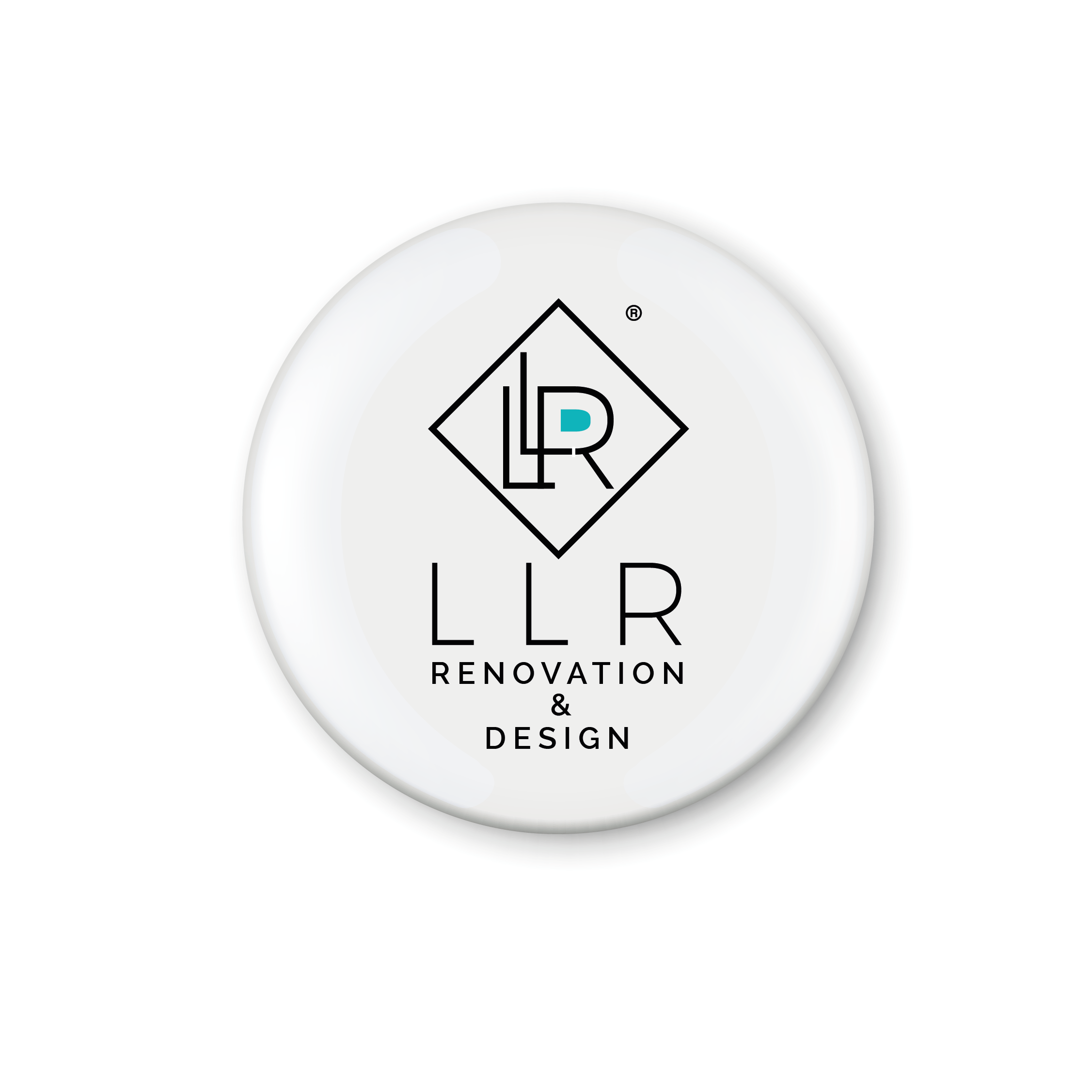The Breath of Home: Understanding The Importance of Airflow in House Design
- LLrR aCC

- Oct 2, 2023
- 2 min read
In the realm of house design, there's an often overlooked yet crucial element that significantly impacts the quality of life within a home - airflow. Proper airflow is more than just a matter of comfort; it affects air quality, energy efficiency, and even your overall well-being. In this blog, we'll explore the essential role of airflow in house design and why it should be a central consideration in creating a healthy and harmonious living environment.
Air Quality Matters:
Good airflow is synonymous with fresh air circulation. It's the lifeblood of your home, continuously replenishing indoor spaces with oxygen while carrying away indoor pollutants, allergens, and stale air. This is particularly important for maintaining a healthy indoor environment, especially if you or your family members have allergies or respiratory conditions.
Temperature Control:
Effective airflow plays a pivotal role in regulating indoor temperatures. In the summer, well-ventilated homes can feel cooler, reducing the reliance on air conditioning. In the winter, proper ventilation helps to distribute heat evenly, enhancing comfort and reducing heating costs. Humidity control is essential to prevent mold, mildew, and other moisture-related issues. Adequate airflow helps maintain the right level of humidity by allowing excess moisture to escape, particularly in areas like bathrooms and kitchens.
Properly designed airflow can significantly improve a home's energy efficiency. Well-ventilated spaces reduce the need for mechanical heating and cooling, resulting in lower energy bills and a reduced carbon footprint.
A well-ventilated home is a comfortable home. It reduces stuffiness, odors, and the feeling of being trapped. Adequate airflow contributes to a sense of well-being, making your living spaces more inviting and enjoyable.

Architectural Considerations:
Architectural elements play a crucial role in facilitating airflow. The placement and size of windows, doors, and vents can influence the natural flow of air through a home. Additionally, open floor plans and high ceilings can enhance air circulation.
For homes in areas with poor outdoor air quality or where natural ventilation is limited, mechanical systems such as HVAC and air purifiers become essential. Proper design and maintenance of these systems are critical for ensuring healthy indoor air.
Airflow is a fundamental component of sustainable home design. By harnessing natural ventilation and incorporating passive design principles, homes can reduce their environmental impact and reliance on fossil fuels.
In the art of house design, airflow is the invisible force that breathes life into a home. It impacts every aspect of your living environment, from air quality to energy efficiency and comfort. As homeowners, architects, and designers, understanding and prioritizing airflow is not just a matter of convenience; it's a commitment to creating homes that are healthy, sustainable, and conducive to a high quality of life. So, the next time you open a window or feel a gentle breeze, remember that you're not just letting in air; you're inviting well-being and harmony into your home.





Comments